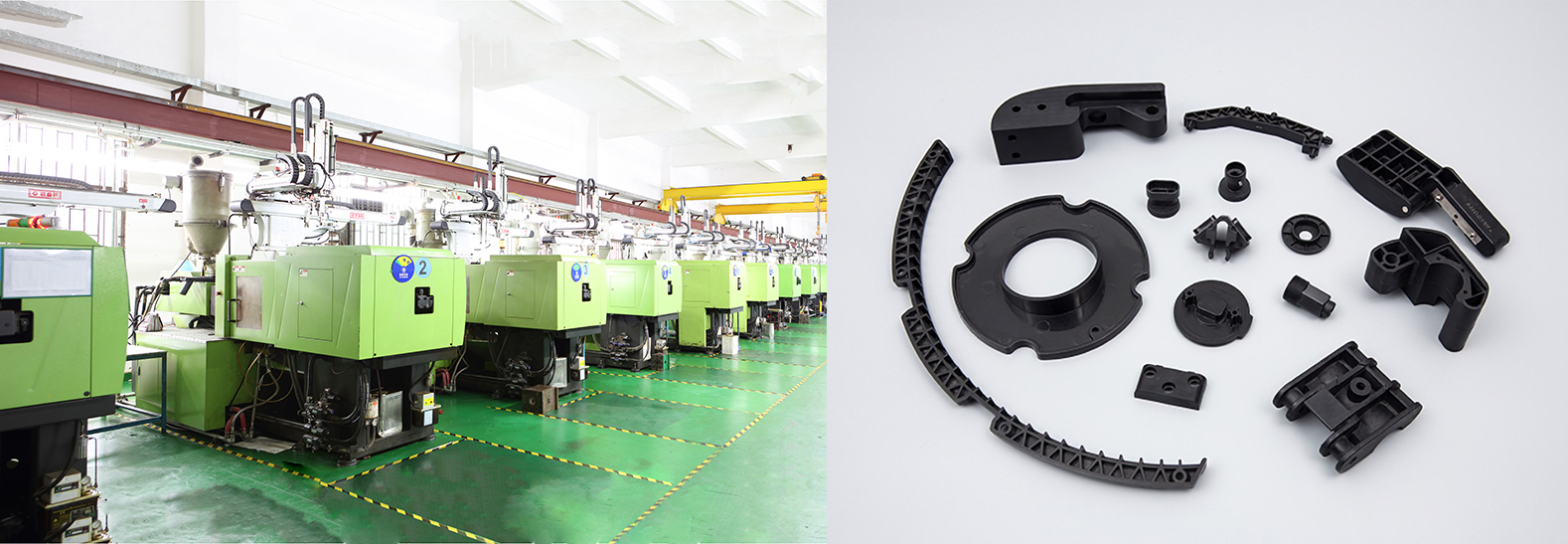Key Considerations in Plastic Injection Molding
Plastic injection molding is a widely used manufacturing process for producing plastic parts. To ensure high-quality results, several critical factors must be considered during the process.
1. Temperature Control
Plastic Melt Temperature: Maintaining the correct melt temperature is crucial to ensure the plastic flows properly and fills the mold without degrading.
Mold Temperature: Proper control of mold temperature affects crystallinity, shrinkage, and cycle time, impacting the mechanical properties of the final product.
2. Injection Speed and Pressure
Injection Speed: The speed at which plastic is injected affects the filling pattern and overall quality. Adjusting speed can prevent defects like flow lines or air traps.
Injection Pressure: Proper pressure ensures the mold is filled correctly. High pressure can improve flow but may lead to defects like flash, while low pressure can cause voids and bubbles.
3. Cooling Time
Cooling time is critical for preventing warpage and ensuring uniform solidification. It also influences cycle time, impacting production efficiency.
4. Material Selection
Choosing the right material affects melting points, shrinkage rates, and flow characteristics. The material should match the intended application to achieve desired properties.
5. Mold Design and Maintenance
Effective mold design includes considerations for venting, gating, and cooling channels. Regular maintenance prevents wear and damage that can affect quality.
6. Design Considerations
Wall Thickness: Uniform wall thickness prevents warping and cracking during cooling.
Ribs and Undercuts: Ribs add strength without increasing thickness, while minimizing undercuts reduces complexity and cost.
Draft Angles: Necessary for easy part ejection from molds, reducing potential damage.
7. Monitoring and Control Systems
Implementing advanced monitoring systems allows real-time tracking of parameters, enabling quick identification of deviations and corrective actions.
8. Additional Factors
Shrinkage Rate: Managing shrinkage through appropriate pressure and cooling adjustments is important to maintain dimensional accuracy.
Flow Rates: Controlling flow rates helps prevent defects like voids and burn marks.
By carefully considering these factors, manufacturers can optimize the injection molding process to produce high-quality parts efficiently while minimizing defects.

